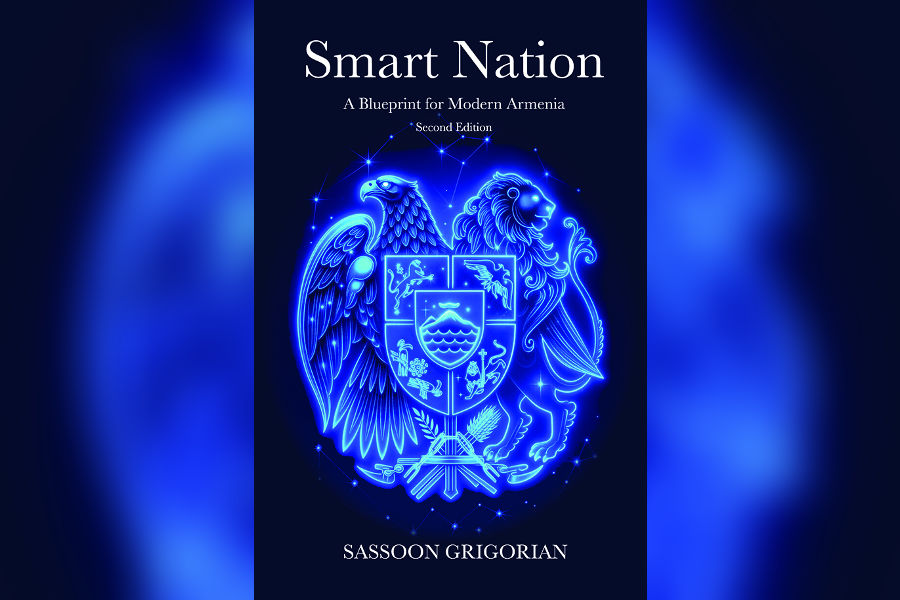The War in Ukraine and the Future of the World Order


Since the start of the Ukraine war in February 2022, discussions have been underway about the impact of the war on the evolving global order. The transformation of the world order is a very complicated and multi-layered process, and history tells us that it takes decades and is often accompanied by bloody conflicts between great powers. In the last decade, there were several prevailing predictions of the world order – a new bipolar world dominated by the US and China, a multipolar world with several equal players such as the US, China, Russia, India and the EU, and a nonpolar world characterized by constant conflicts and instability. Despite this plethora of diverging views and assessments, there was one scenario that united most experts and pundits. The unipolar world created in 1991 after the collapse of the Soviet Union and characterized by the absolute hegemony of the US was slowly disappearing.
In this context, the war in Ukraine may trigger several scenarios. The US consolidated its influence over the entire Euro-Atlantic community and established a broad partnership of European, North American and Asian allies to counter Russia – Canada, the UK, the EU, Japan, South Korea and Australia. It seemed that the possibility of creating two separate, albeit cooperating, power centers in the West – US/Canada/UK grouping led by the US and the EU led by Germany and France, has significantly decreased. The unprecedented economic sanctions imposed on Russia and efforts to decouple it from the Western-dominated financial and technological spheres may bring us to the conclusion that the unified West would like to bring back “the unipolar moment.” There is a widespread narrative that if the US-led West can destroy the Russian economy or even bring regime change, it will serve as a severe warning to China that if Beijing does not accept the Western rules, it may become the next victim.
In this scenario, Russia will be thrown back to the early 1990s and, with active Western involvement, will be reconstructed as a liberal state, akin to the process that happened in Western Germany after 1945, while Euro-Atlantic institutions will solidify their presence in the post-Soviet space, through further enlargement of the EU and NATO. Witnessing the staggering defeat of Russia, China will take a more cautious approach towards the US, while Washington will push further with its ideas of transforming QUAD (Quadrilateral Security Dialogue) into “Asian NATO,” probably bringing Vietnam and South Korea into the grouping. In this scenario, the world will return to the situation of the early 1990s with the domination of the US-led liberal international order.
The second scenario envisages a military stalemate in Ukraine with no clear winners or losers. The active military hostilities may end in November–December 2022, with Russia controlling the entire Donbas region, most of Kherson and Zaporozhie oblasts, and part of the Kharkiv region with or without the city of Kharkiv. Neither a peace treaty nor a ceasefire agreement will be signed, and low-intensity skirmishes will continue along the more than 1,000-km. long line of contact while Russia and Ukraine will prepare for the next round of active hostilities. The Western sanctions will not ruin the Russian economy and will not trigger regime change but will result in a prolonged recession.
As the West completely cuts Russia from its financial markets and technological innovations and significantly decreases imports of Russian oil and gas, Russia will be forced to rely more and more on China to survive economically. The Russia–China partnership will continue to intensify, and at the end of the day, China will emerge as the leading player, while Russia accepts its role as a junior partner. China and Russia will continue to synchronize the Belt and Road initiative and the Eurasian Economic Union. Within a decade, a new China-led pole will emerge, composed of China, Russia, some Central Asian, South Caucasian, Middle Eastern and Southeast Asian states, with Venezuela, Cuba and Nicaragua as additional potential members. Simultaneously, the US will solidify a liberal bloc with Canada, the UK, the EU, Japan, South Korea and Australia. At the same time, some major and mid-size actors, such as India, Brazil, Argentina, Indonesia, Turkey and South Africa, will seek to revitalize the non-aligned movement to balance between China and the US-led poles. In this scenario, the world will return to bipolarity and the new cold war, but with much more economic interdependence than was the case during the original cold war in the second half of the 20th century.
In another scenario, the Ukraine war again will end in a military stalemate and a new frozen conflict, but despite the crippling Western sanctions, Russia will be able to keep its economy relatively afloat and will not be forced to accept the status of Chinese junior partner. The Russia–China partnership will continue to grow, but as a relationship between relatively equal players. To resist Western pressure, Russia and China will seek to cultivate alternative platforms of cooperation, such as the Shanghai Cooperation Organization, BRICS and BRICS + formats bringing a concept of multipolarity into reality, where along with the US-led Western pole, Russia, China, India and Brazil, will form a plethora of global players. This world will not have fixed alliances, as every great power will compete or cooperate with others based on individual cases. India may cooperate with Russia while competing with China, and Brazil may seek to develop relations with the US, Russia and China. The only constant will be a lack of trust and cooperation between Russia, China and the US-led West. However, in the long–term perspective, the EU may seek to reach some normalization with Russia and China and regain some autonomy from the US in its foreign and security policy. The BRICS and BRICS+ summits held on June 23-24, 2022 and the discussions there to deepen cooperation between the Belt and Road Initiative, Shanghai Cooperation Organization and the Eurasian Economic Union, tell us that even US partners, such as Brazil and India, are not ready to cut relations with Russia and enter the US–Russia fight. These developments prove that the possible emergence of the multipolar world is among the most likely scenarios, along with the creation of a bipolar – the US versus China order.









